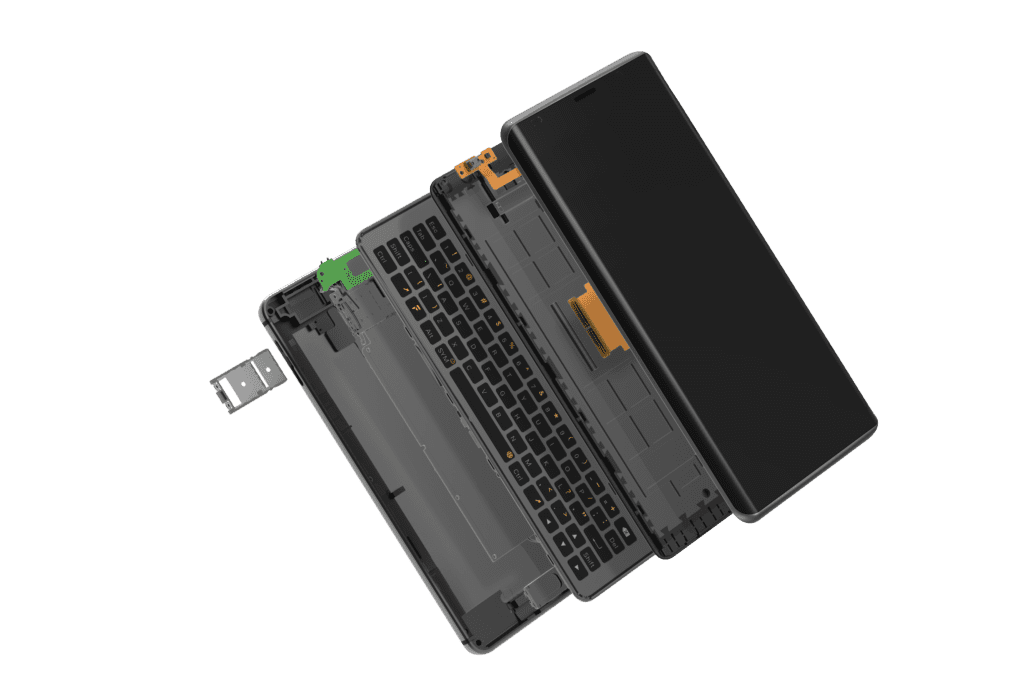Supporting as many bands as possible
A lot of you have been asking us about which networks and bands our phone supports. We’ve managed to include support for most major global 2G/3G/LTE networks and bands, including legacy CDMA. This means our device will work with almost any carrier across Europe and North America. Here is a list of bands:
- GSM: 2, 3, 5, 8
- WCDMA: 1, 2, 4, 5, 8
- CDMA/EVDO: BC0, BC1
- TD-SCDMA: 34/39
- TDD-LTE: 38/39/40/41 (100mhz)
- FDD-LTE: 1, 2/25, 3, 4, 5/26, 7, 8, 12/17, 13, 20, 28
Including all these bands required complex engineering due to the number of metal parts in our handset (the slider) and the need to test radio performance with the slider both open and closed. We’ll consider releasing special regional versions in the future if your carrier isn’t supported with the global version.
A few other specs worth mentioning include dual nano SIM support (slot 2 is hybrid and accepts either a nano SIM or a microSD card for storage expansion). We managed to incorporate two speakers for stereo sound, which is great for watching your favourite YouTube videos! You also probably noticed that we kept the 3.5mm headphone jack despite most new phones leaving it out. We want our customers to have choices and not be forced into using wireless headphones.
We chose a USB Type-C port for power and data connectivity, along with Qualcomm Quick Charge 3.0 for fast charging. USB OTG is enabled and the Type-C port can also output HDMI video. There’s a fingerprint reader located on the right edge of the phone, and NFC support for Google Pay. Finally, we included a 2-stage camera shutter button on right edge, for those who prefer handling their phone like a proper camera.
That’s quite a bit of detail here – we hope you enjoyed it.
In the next update, we’ll discuss the processor and memory configuration for our device.

